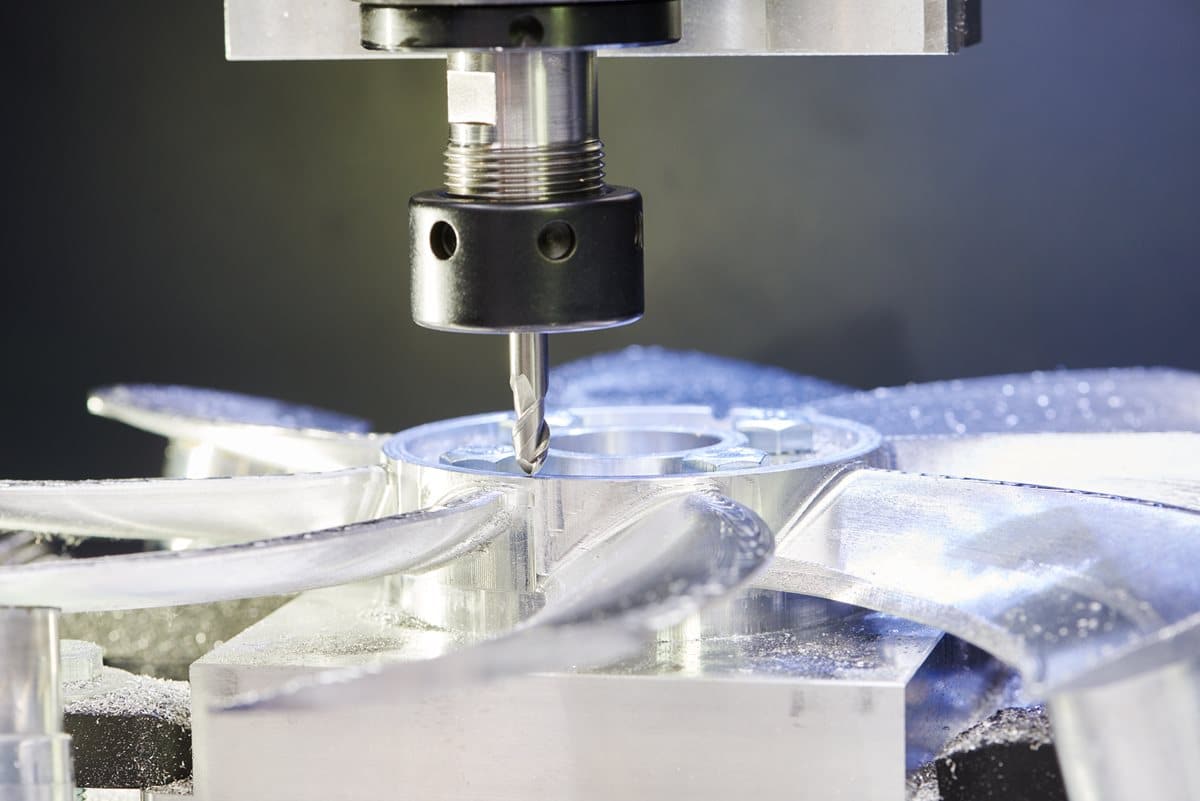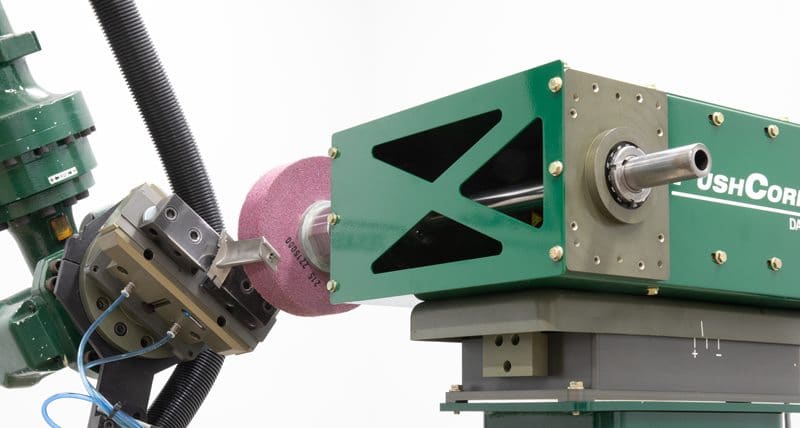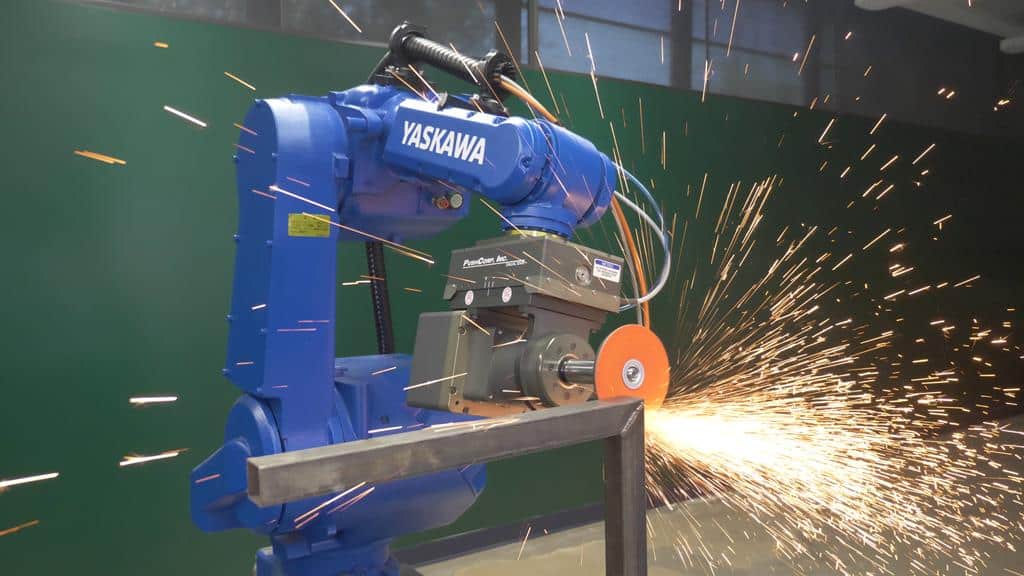
Maximizing Efficiency with Robotic Spindles in Manufacturing
The manufacturing industry has seen dramatic advancements in technology, and robotic spindles in manufacturing are at the forefront of this transformation. By combining robotics and high-speed spindles, manufacturers can automate tasks that were once manual, enhancing productivity, precision, and overall efficiency. These advanced systems are a game changer for industries aiming to meet increasing demands for high-quality, high-quantity production. This blog explores the numerous advantages of robotic spindles, the industries benefiting from their use, and the future potential of this technology.






